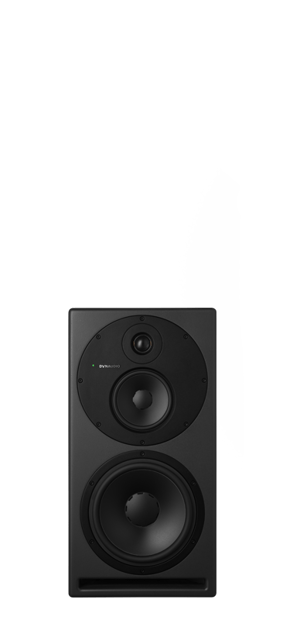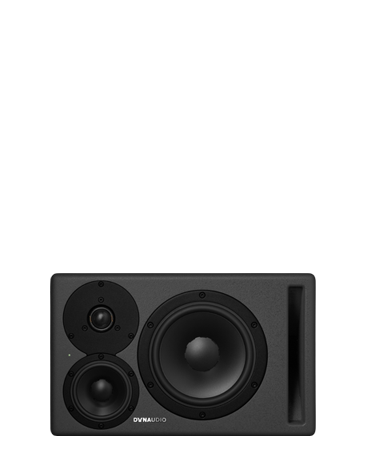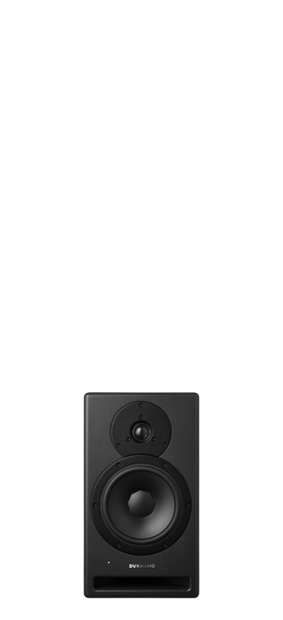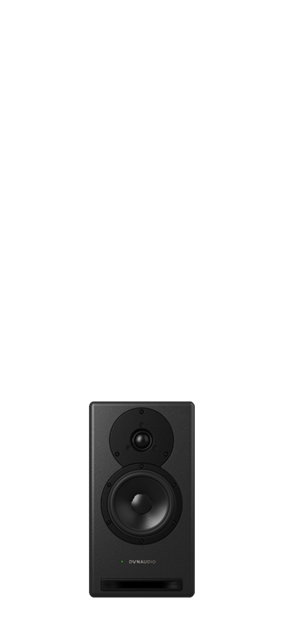- Home
- >
- Professional Audio
- >
- Core
- >
- Core 7
- Home
- >
- Professional Audio
- >
- Core
- >
- Core 7
Core 7
Core reproduces what was recorded
Core 7
Trust is critical in this business. Whether you’re recording a power-trio or an orchestra, mixing a solo voiceover or video-game soundtrack, or mastering a full immersive audio project (such as a Dolby ATMOS mix), you need to know that your monitors reproduce everything you need to hear – warts and all.
Core 7 has been developed alongside industry professionals with exactly this in mind. It’s the most compact model in our range of high-end professional reference monitor systems. This no-compromise two-way design features two class-D amplifiers (one 500W amp for the mid/woofer and a 150W unit for the tweeter), plus the best of modern DSP technology and a flat bass response down to 38Hz – 31kHz +/- 6dB and 45Hz – 27kHz +/- 3dB.
It’s been specifically designed and engineered to meet the challenges of high-demand environments that recording engineers, mixers, producers, and editors work in all day, every day.
Consistent performance with no fatigue
Our acoustic designers are always improving on driver design for each model – and when they wheeled Core 7 out for listening tests, you could genuinely see the pride on their faces.
Each driver unit is handmade at our factory in Denmark. And because we produce 1.4 million drivers each year for the home hi-fi, custom-install, in-car and pro-studio markets, we can ensure extreme consistency. That makes it possible to use Core monitors in multiple studios and have them all sound and perform at the same high level – giving you everything you need to hear, everywhere you use them.
We’re known for our soft-dome tweeters. They provide hours of pinpoint imaging and detail without the listener fatigue common to other designs. Core 7 builds on this heritage with the original Esotar Pro tweeter – the latest breakthrough in our engineers’ obsessive attention to driver detail. Advanced manufacturing techniques and our astonishing Jupiter testing facility, have let our designers take tweeter design to a new level with the revolutionary Hexis system. Hexis optimises airflow, smooths frequency response and eliminates unwanted internal resonances. The result? Jaw-dropping imaging and transient detail, and effortless high-frequency response.
But they weren’t happy to leave it there: Core 7’s mid/woofer driver is another leap forward. We’ve taken our proprietary MSP (Magnesium Silicate Polymer) cone material along with aluminium voice coils, glass-fibre formers and advanced magnet designs to produce drivers capable of the kind of accuracy and honesty you’d never thought possible. MSP provides the best combination of lightness, stiffness and damping – making it capable of producing deep, accurate bass while also delivering natural midrange detail, all in one driver for the best imaging and point-source delivery.
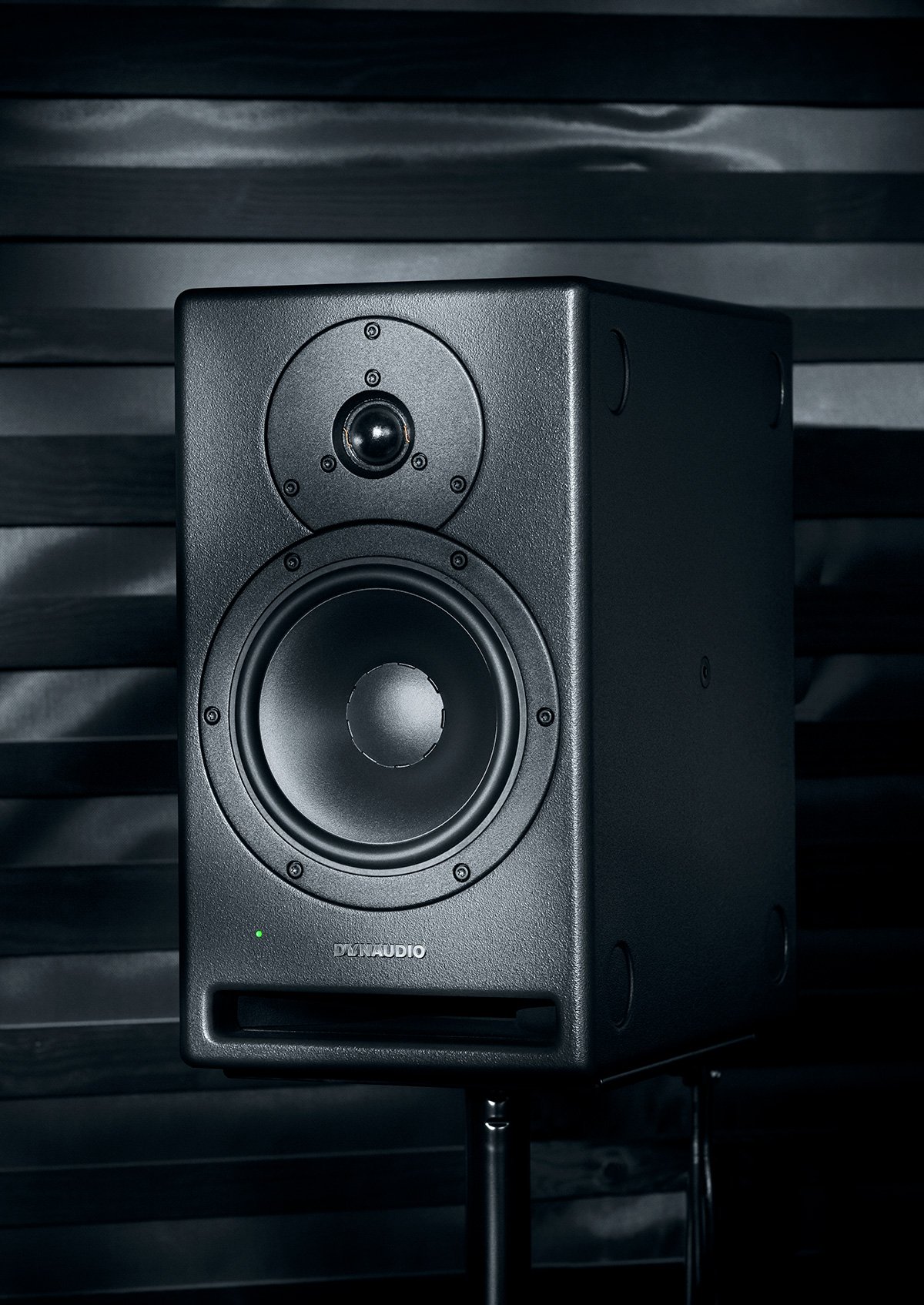
Under the hood: how to set up Core 7 for your studio
The active Dynaudio AIR series was famous for its advanced digital signal processing. Our acoustic engineers continued this forward-thinking approach by taking the past 18 years’ worth of DSP innovation and applying it in a simple, easy to use system with the Core series. Make no mistake, though: under the hood is a sophisticated system that makes light work of challenging studio environments.
Positioning is critical when installing a monitor system. That’s why each Core 7 has two DSP filter switches to address its position and boundary locations. For example, if you place the monitors on the meter bridge of a large-format mixing console, set them to ‘Desk’. This will help compensate for the first reflection created by the mixing surface. On the other hand, if you put the monitors into a purpose-built wall, setting the Position 1 filter to ‘Soffit’ will compensate for the increased bass response.
Boundary effects created by placing a monitor close to walls or a ceiling can be compensated for by adjusting the Position 2 filter between ‘Wall’ or ‘Corner’. These filters help compensate for the reflections created by the boundary walls, especially in the lower frequencies. There’s also a low-frequency 80Hz Linkwitz-Riley cutoff that can be engaged if you’re using Core 7 with a subwoofer to extend the low frequency response.
Users can also alter the overall presentation. Core 7 uses the same concept as the LYD series Sound Balance filter – a different design to typical shelving-EQ tweeter and woofer adjustments found on most active monitors. Instead of simply fine-tuning the tweeter level up or down, which will affect phase response, Core 7 uses a full-spectrum band-pass filter that tilts depending on the desired tonal response. In the ‘Dark’ setting, the entire frequency response is tilted so that 20kHz is down -1.5dB, while 20Hz is up +1.5dB. In ‘Bright’, the tilt is reversed (+1.5dB at 20kHz and -1.5dB at 20Hz). This gentle filter maintains the proper phase response between the drivers while providing the tone that meet your tastes. The changes are subtle, but often this little tweak is enough to make the sound balance just right.
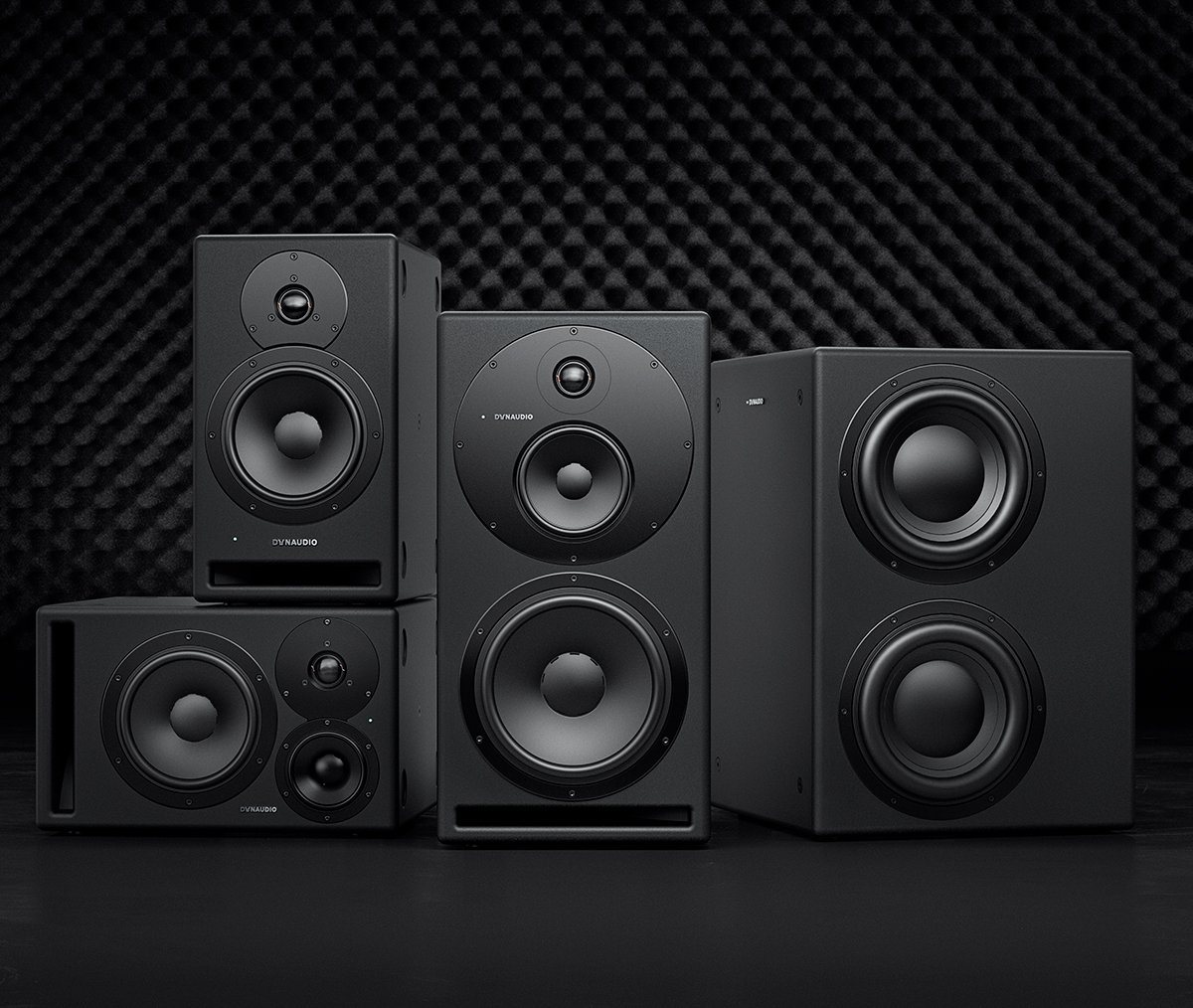
Input sensitivity the way you want it
The noise-floor and signal resolution of any monitoring system is critical to its performance. Whether you’re using the analogue or digital inputs, you need to be able to control the gain staging between the monitor controller and the speaker system.
We’ve provided a range of 0dBu to +24dBu to match the analogue input sensitivity to the output level. Once optimised, Core 7 processes all analogue signals at a 192kHz sampling rate and 64-bit resolution in the DSP (from the 24-bit analogue-to-digital converter) for the greatest degree of mathematical precision.
There’s a switch to determine the maximum output SPL with the greatest bit-depth in the DSP. If you want the maximum level, set this to 112dB. If you work mostly at lower levels, choose a lower SPL setting to optimise the bit-depth of the DSP for both inputs.
When using the AES digital inputs, you must determine which channel (left or right) of the AES stream is used for that monitor. Core 7’s DSP operates at the incoming sample rate and either locks to the digital audio clock or word clock to maintain the most accurate signal possible.
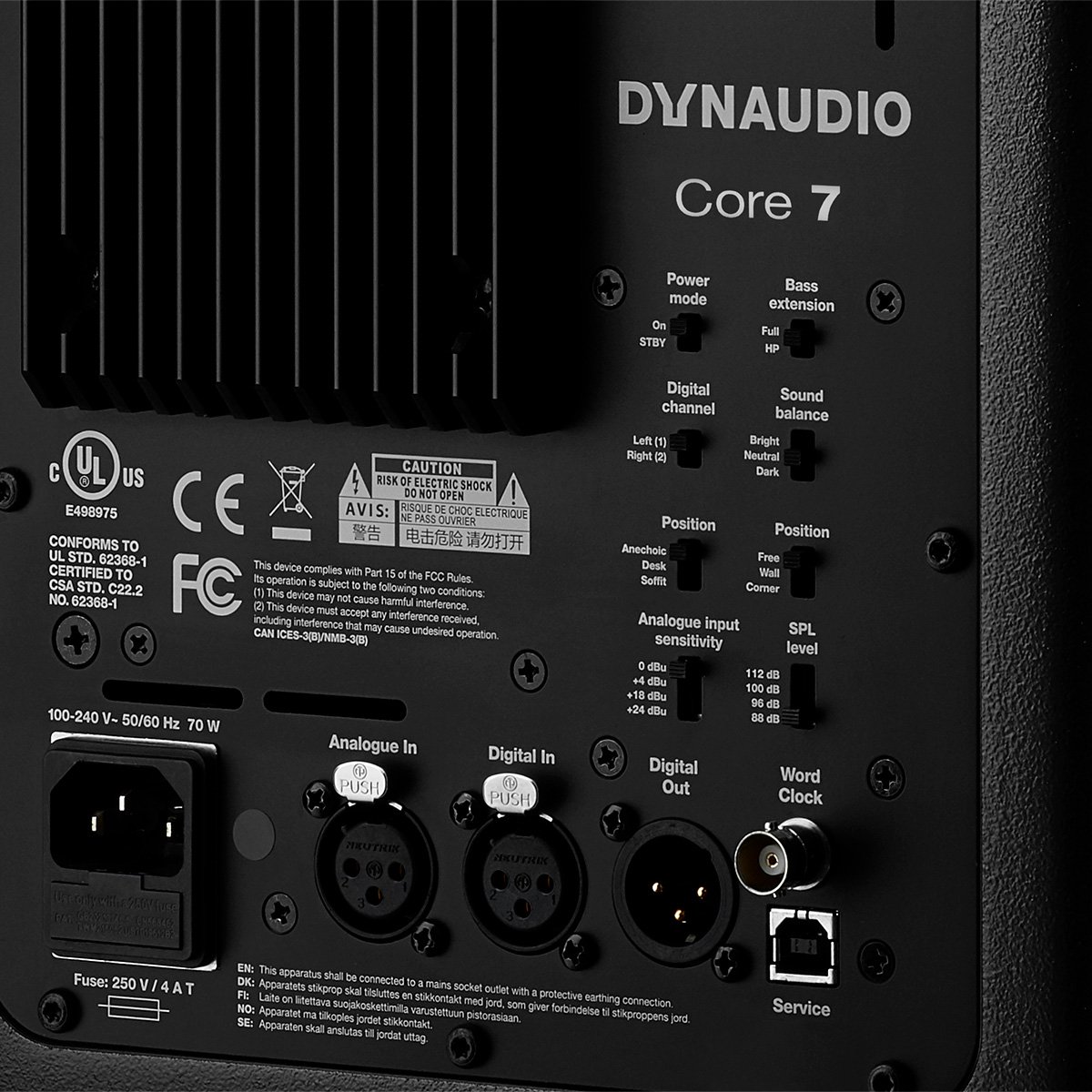
Placement options: all of them
We’ve made sure Core 7’s cabinet is as stiff and inert as we could make it – hence the 32mm thick baffle, which contributes to its excellent linearity across the spectrum.
Since every application is unique and monitors need to be placed in a variety of environments – either on their sides, vertically or sometimes even inverted with the woofer above the tweeter – we’ve designed Core 7 with indentations on all four sides. We’ve even developed special pads that can be placed in order to protect the cabinet's finish and stabilise the cabinet on the surface.
That goes for multi-channel set-ups, too: we also have custom K&M brackets to mount Core 7 in orientations suitable for surround sound, immersive audio (such as Dolby ATMOS) and other custom configurations.
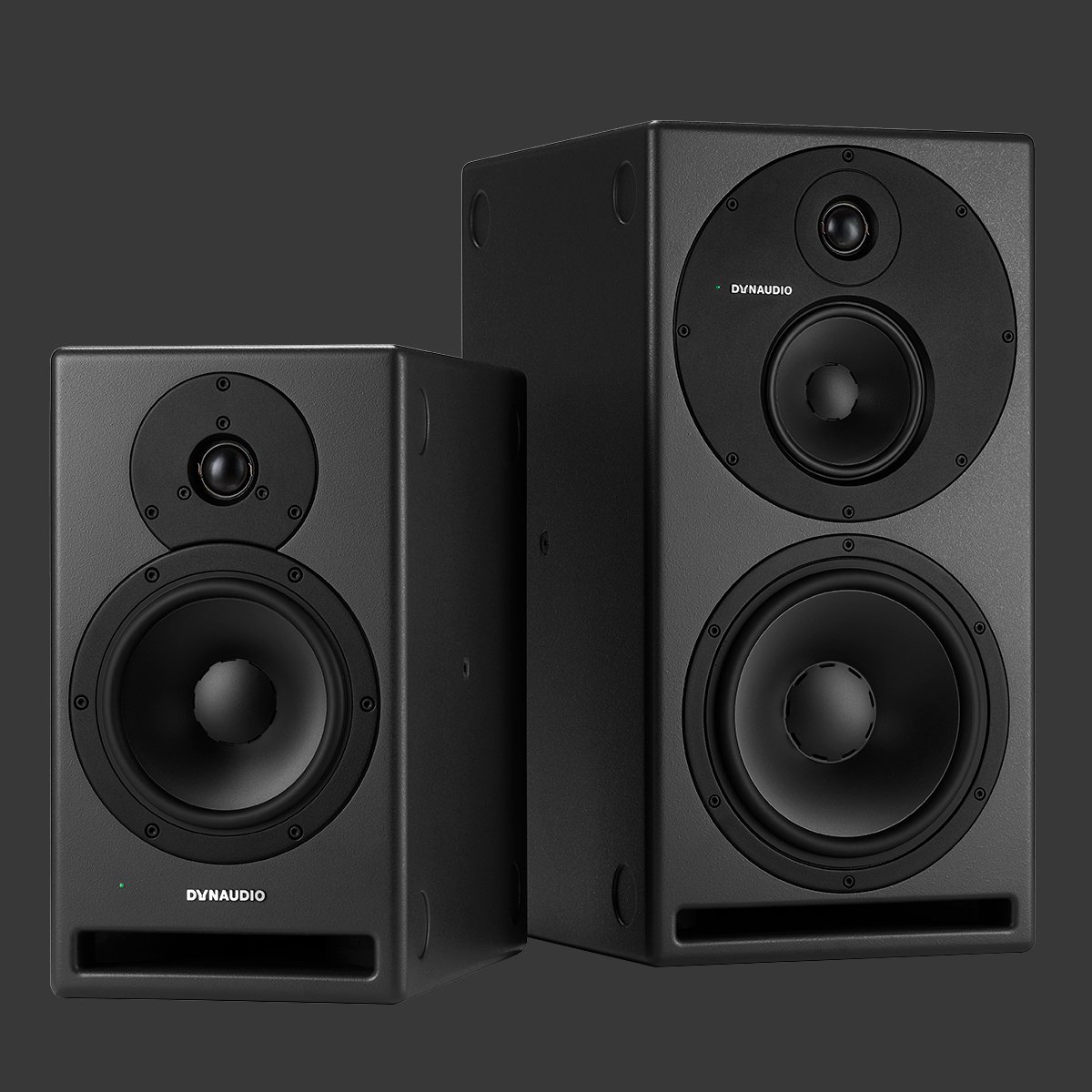
One speaker, every type of studio
Core 7 is designed for maximum flexibility and performance where its compact size is desirable.
This includes recording studios, edit suites, broadcast trucks, mobile facilities, broadcast and theatrical dub stages, immersive audio mixing rooms and custom installations. And because its size doesn’t diminish its performance either in frequency response or output SPL, it plays seamlessly with Core 59 monitors in calibrated multi-channel monitoring systems.
Stop second-guessing. Core delivers everything you need to hear.
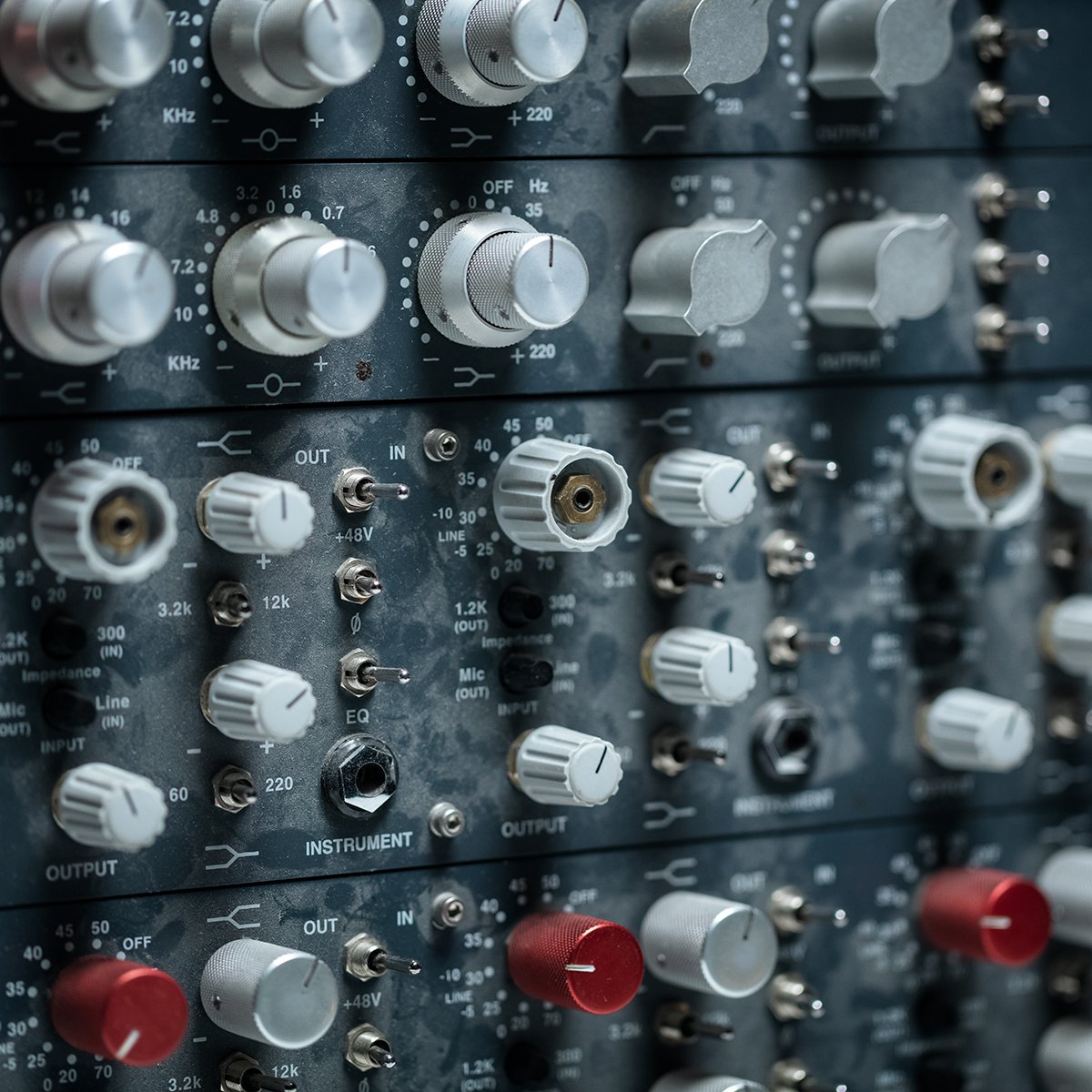


Core
Features
High-quality amplification
A 500W class-D amp for the mid/woofer, and 150W for the tweeter.
Original drivers
Designed and made in Denmark using our world-class Jupiter measuring facility.
Advanced DSP
Simple to use, powerful to listen to: it lets you tailor Core 7 for any listening environment.
Core 7
Specifications
- Status Current
- Segment Pro
- Series Core
- Type Nearfield Monitor
- Analog inputs XLR
- Digital inputs AES3 XLR
- Digital outputs AES3 XLR
- Maximum SPL (Anechoic dB @ 1m) 112
- Maximum SPL (Half space dB @ 1m) 118
- Amplifier Power Woofer (W) 500
- Amplifier Power Tweeter (W) 150
- AC Power Input 100-240V 50/60Hz
- Lower Cutoff (Hz @85 dB +/- 3 dB) 40
- Upper Cutoff (kHz @ 85dB +/- 3 dB) 27
- Lower Cutoff (dynamic) (Hz @ -6 dB) 36
- Upper Cutoff (dynamic) (kHz @ -6 dB) 29
- Box Principle Front-loaded bass reflex
- Crossover 2-way DSP-based
- Crossover Frequency (Hz) 2300 Hz
- Tweeter 1.1in Esotar Pro soft dome w. Hexis
- Midrange/Woofer 7in MSP
- Weight kg 14.6
- Weight lbs 32.1
- Width mm 220
- Depth mm 355
- Height mm 390
- Width inches 8 5/8
- Depth inches 14
- Height inches 15 3/8
- Speakers per packaged box 1
- Finishes Dark Grey
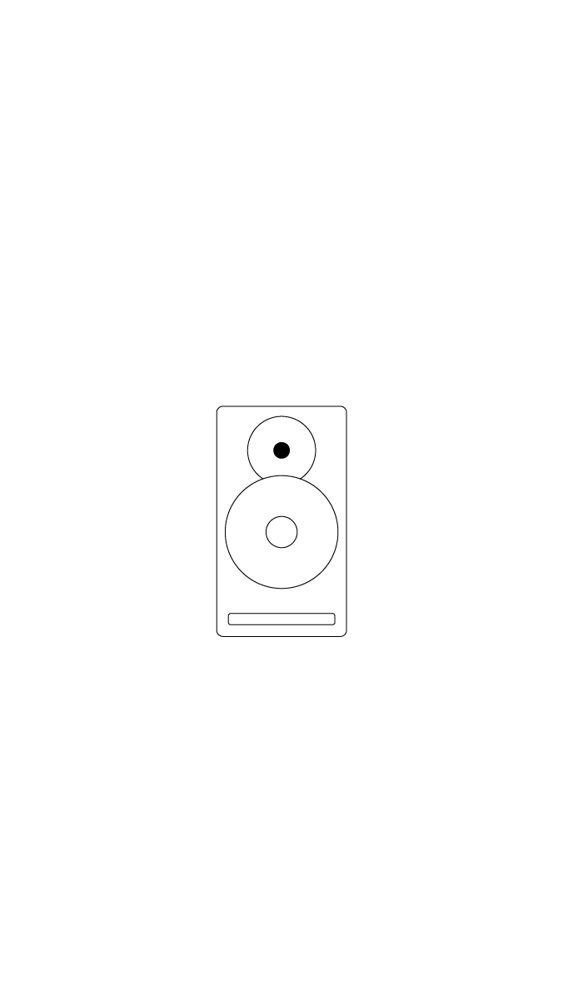
Core series
- Status:
- Segment:
- Series:
- Type:
- Analog inputs:
- Digital inputs:
- Digital outputs:
- Maximum SPL (Anechoic dB @ 1m):
- Maximum SPL (Half space dB @ 1m):
- Amplifier Power Woofer (W):
- Amplifier Power midrange (W):
- Amplifier Power Tweeter (W):
- AC Power Input:
- Max Stand-by Power Consumption (W):
- Lower Cutoff (Hz @85 dB +/- 3 dB):
- Upper Cutoff (kHz @ 85dB +/- 3 dB):
- Lower Cutoff (dynamic) (Hz @ -6 dB):
- Upper Cutoff (dynamic) (kHz @ -6 dB):
- Box Principle:
- Crossover:
- Crossover Frequency (Hz):
- Tweeter:
- Midrange:
- Midrange/Woofer:
- Woofer:
- Weight kg:
- Weight lbs:
- Width mm:
- Depth mm:
- Height mm:
- Width inches:
- Depth inches:
- Height inches:
- Speakers per packaged box:
- Finishes:

Dynaudio teams-up with OPPO for Enco X3s earbuds
We're thrilled to announce the release of OPPO's Enco X3s true wireless noise cancelling earbuds, with Dynaudio sound tuning.
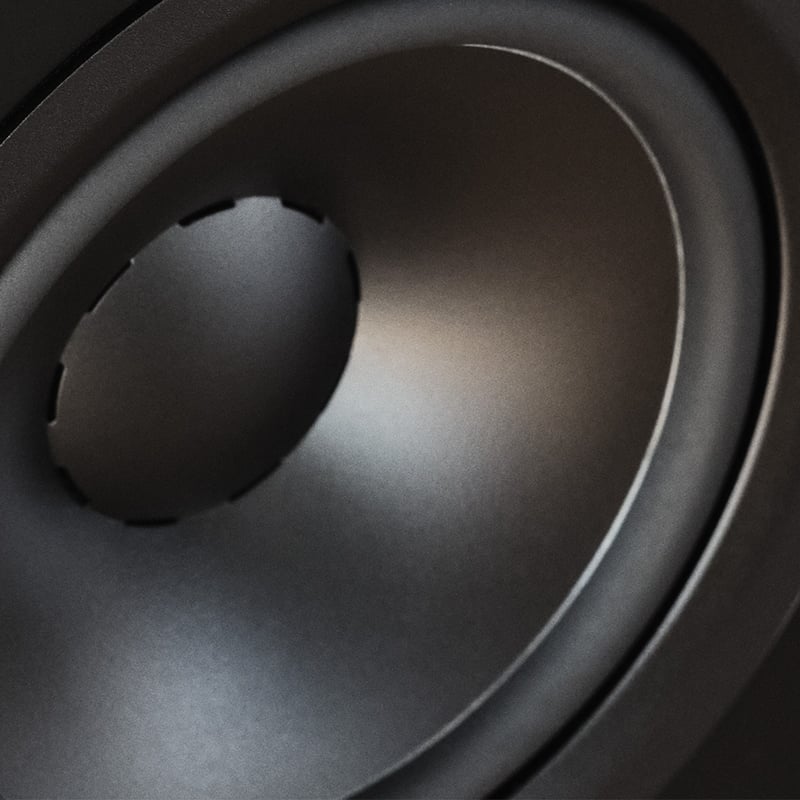
Why are there holes in our speaker drivers?
On this episode of Ask The Expert, Otto explains why our speaker cones have small, rectangular slots around the central dome. Far from being a random ...
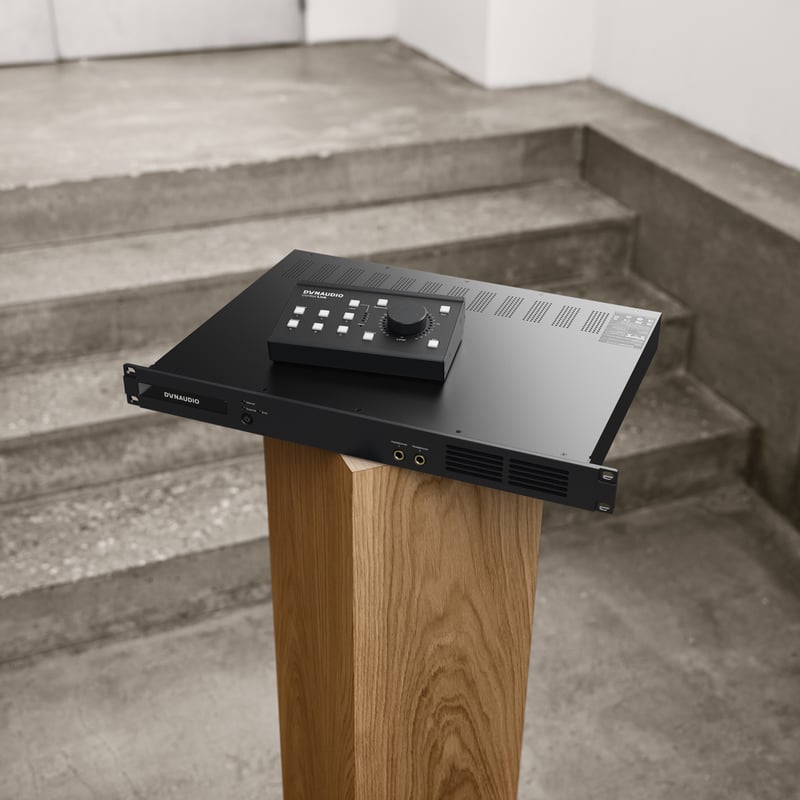
Dynaudio Control series
We are pleased to introduce the Dynaudio Control series: a suite of next-generation audio tools engineered to serve as the central monitor controller ...





